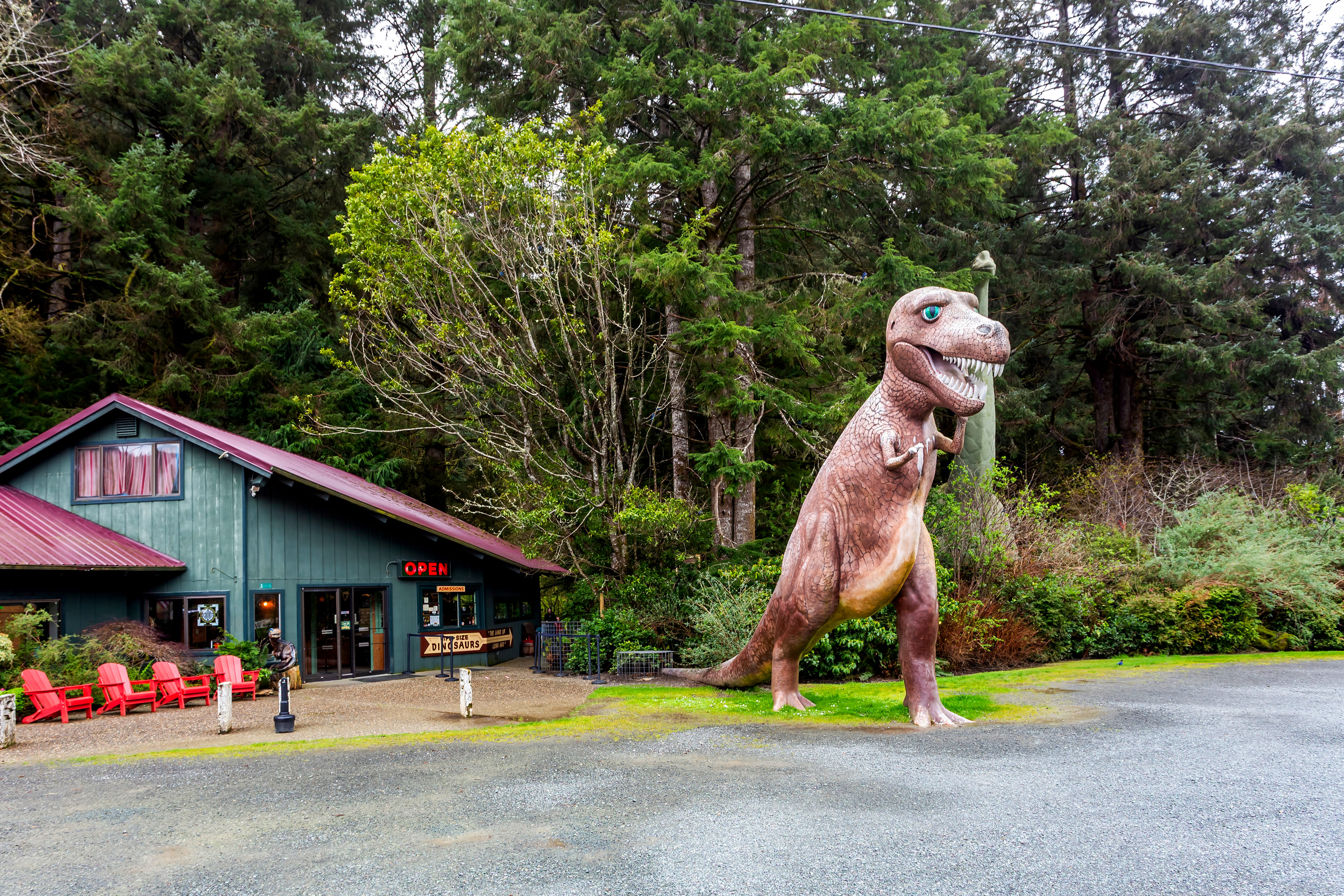Try Planting These Spring Pretties to Give Your Garden a Boost
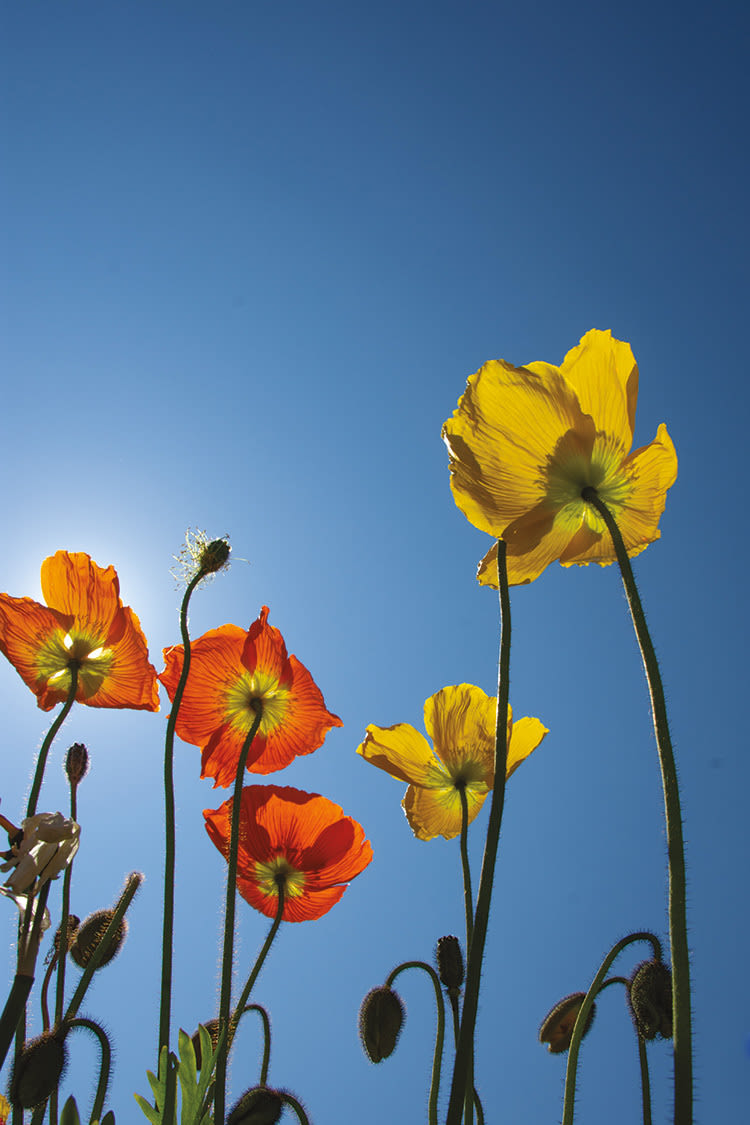
Poppies
Image: Courtesy HJBC/Shutterstock
Poppies
If you haven’t already, now is the time to scatter seed for breadseed poppies (Papaver ssp.), such as the dark beauty Lauren’s Grape or the frilly Lilac Peony. As an alternative to the ubiquitous orange native California poppy (Eschscholzia californica), try seeding the pure white Alba, or glamorous Thai Silk Pink Champagne. For the exquisite Iceland poppies (Papaver nudicaule), skip the seed (they are notoriously difficult to germinate) and opt for a nursery start instead.
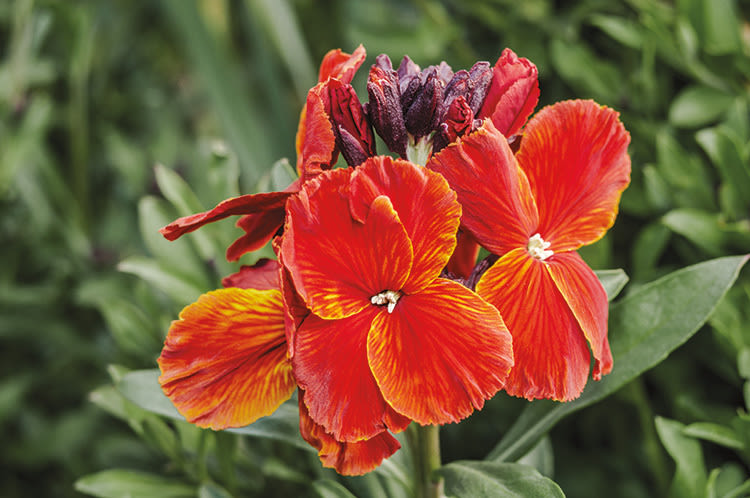
Wallflowers
Wallflowers
Few spring bloomers can match the thrill of the tulips with which they share the stage, but wallflowers (Erysimum) come close. Available in a range of bold, beautiful (and often bicolor) shades—from hot magenta to vivid yellow—they also have a warm, delicious scent. Perennial varieties, such as the classic Erysimum Bowles’s Mauve, flower for months on end. You can find these at most nurseries, but try to track down seed of the biennial Erysimum cheiri Vulcan, with its crimson-black blooms, or the flaming orange-scarlet of Fire King for a truly showstopping display.
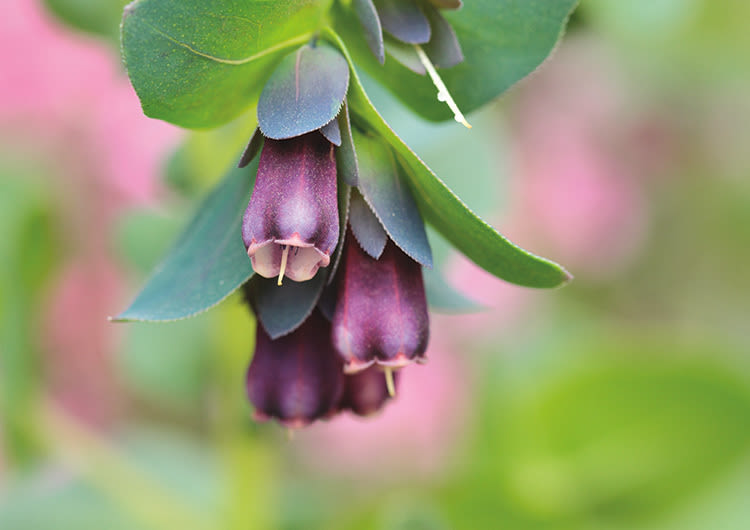
Honeywort
Honeywort
With brilliant purple-blue, bell-shaped flowers and contrasting silvery foliage, honeywort (Cerinthe major) makes for an exotic addition to the spring garden. Its graceful, arching growth habit works as well in a container as it does in a border, where it will gently self-sow. Not only is honeywort a popular cut flower that pairs beautifully with just about anything, it’s also beloved by pollinators.
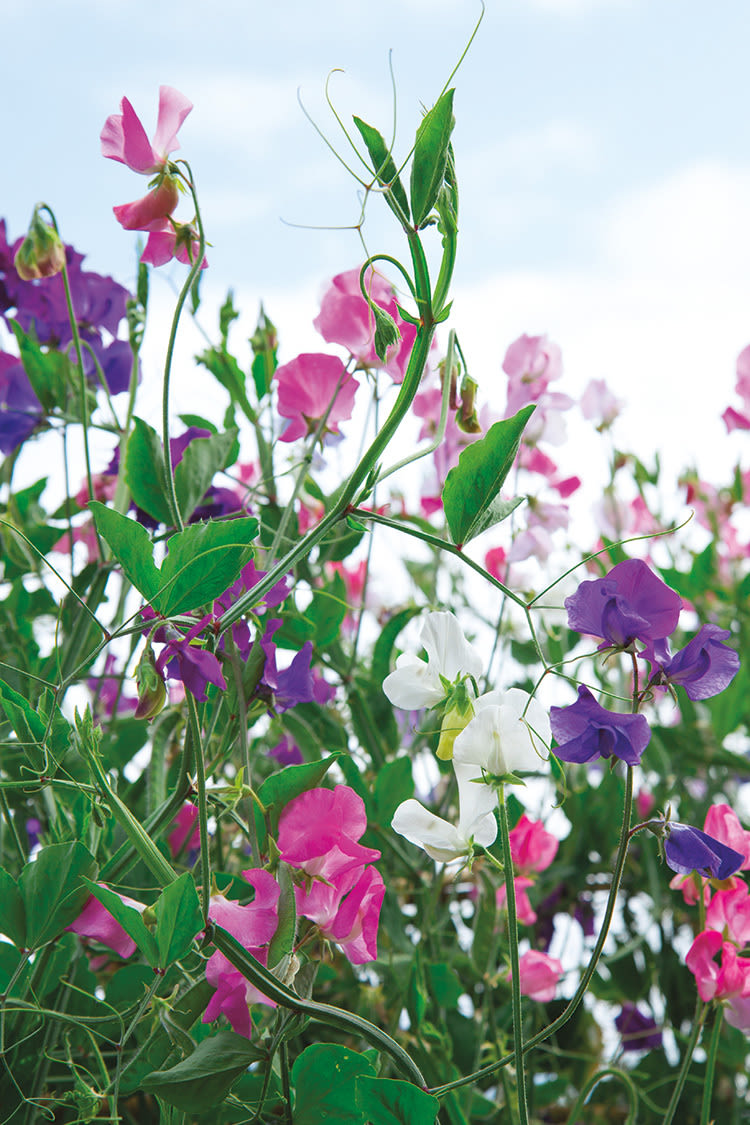
Sweet Peas
Sweet Peas
There’s nothing quite like the heady fragrance of sweet peas (Lathyrus odoratus) in spring as they climb up a trellis or bamboo canes. The showiest varieties boast ruffled petals that look like delicate butterfly wings in every color of the rainbow, but the main reason to plant sweet peas is for their scent, and some are more aromatic than others. (In general, the “old-fashioned” and grandiflora types have the strongest perfume.) Pick flowers religiously, before they seed, or the plant will stop producing more blooms.
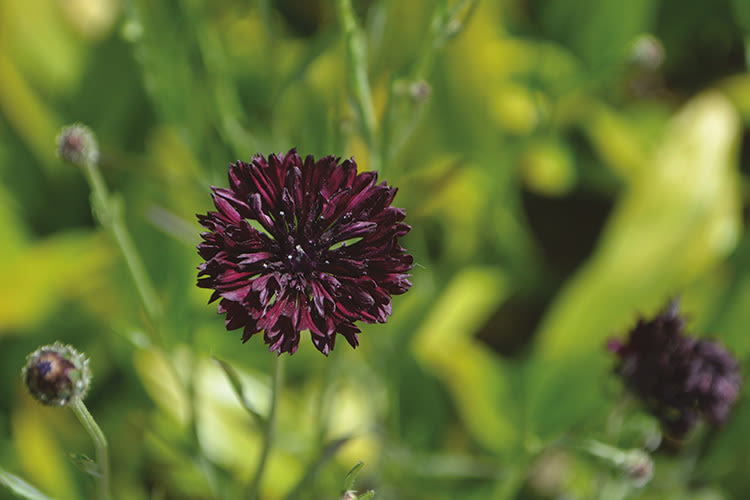
Cornflower
Cornflower
You might already know the electric-blue cornflower, a cottage garden staple, but there are so many other fantastic varieties of Centaurea cyanus to plant, it’s almost impossible to choose. Crimson-black (Black Ball) or cherry pink (Red Boy)? Pure white (Snowman) or vibrant purple (Select Ultraviolet)? A mix like Classic Magic blooms in shades of purple, black, and white, and lets you split the difference. All these options grow easily from seed, make for gorgeous flower arrangements, and are even edible—the loveliest topping for salads and desserts.
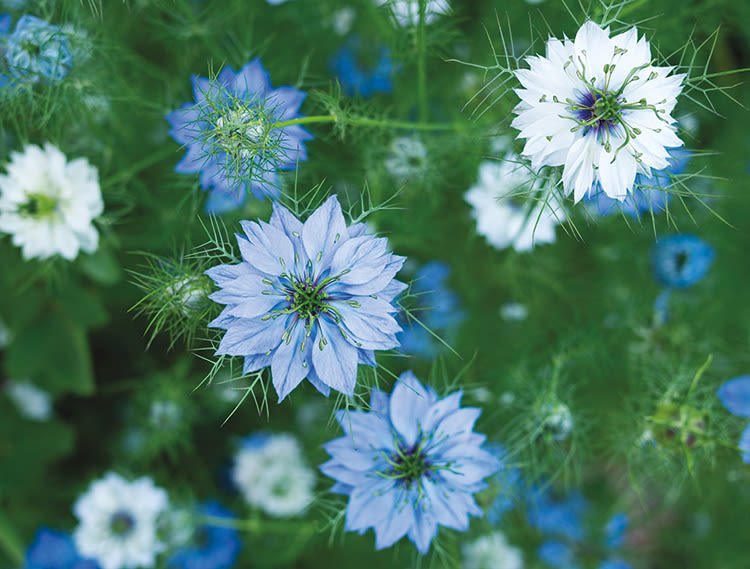
Love-in-a-Mist
Image: Courtesy Arah2/Shutterstock
Love-in-a-Mist
Nigella, or love-in-a-mist, is a gardener’s dream. You can sow it outside as early as February (when you’re yearning for spring to come and the most desperate to get in the garden), where it’ll soon flower for months on end. The intricate, star-shaped flowers sit in a “mist” of ferny foliage and come in shades of blue, purple, rose and white, with a dramatic crown of anthers. Even the seedheads are stunning.
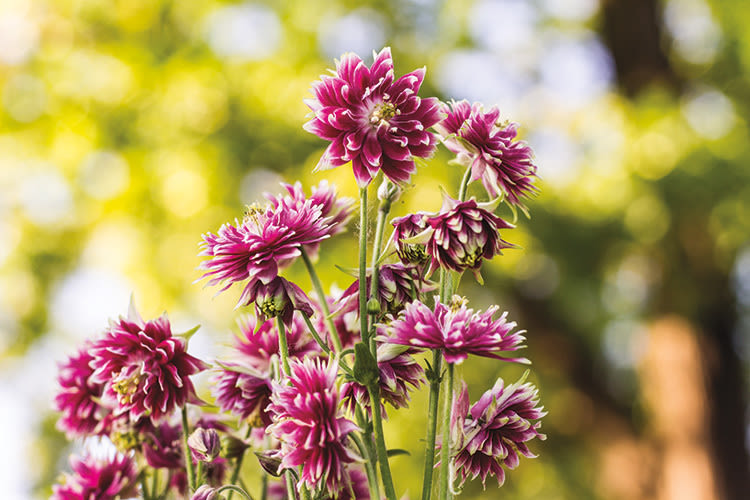
Columbine
Columbine
With their long, straight stems and nodding, sculptural flowers, columbine (Aquilegia) are more sophisticated than their common name of Granny’s Bonnets suggests. These uniformly delicate-looking blooms vary wildly in color and form—there’s single, star-shaped flowers, pom-poms, clematis-flowering varieties, and of course the ballerina-tutu bloom of popular Nora Barlow. Shade-tolerant and freely self-seeding, columbine is key to a naturalistic garden.



